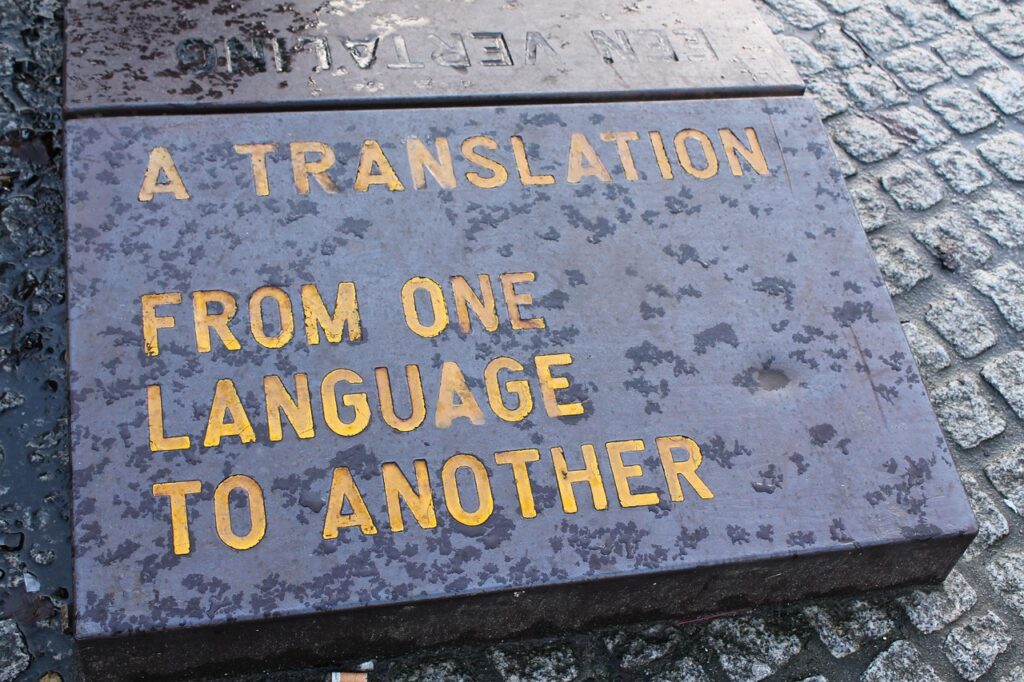“I thought the hardest part would be configuring the MES.
I was wrong — the real challenge was that no one could understand it.”
The Unexpected Language Barrier
When we adopted a China-based MES, we expected technical gaps, maybe even integration issues.
But what caught us off guard was how much missing English support could cripple the project.
The system’s interface was entirely in Chinese. The documentation? Only partially translated.
The user training? One-time only — and conducted in Mandarin.
My team wasn’t fluent, and the supplier wasn’t responsive.
The result: confusion, hesitation, and growing frustration on the shop floor.
It’s Not Just About Language — It’s About Trust
People often assume language is just a UI problem.
But in practice, the impact ran deeper:
- ❌ Operators lost confidence in the system
- ❌ Engineers hesitated to adopt or configure anything
- ❌ Process owners didn’t feel ownership — because they couldn’t even read the logic
- ❌ Any issues had to be translated before being escalated
When your MES can’t speak your team’s language, the team disconnects.
And once you lose trust at the ground level, no amount of dashboard looks can save the project.
What We Tried (and What Worked — Eventually)
We couldn’t wait forever for the supplier to catch up with translation.
So we started small, internally:
- ✅ I manually translate the key screens and pressured MES vendor to expedite the translation deployment
- ✅ I created visual SOPs for the most used transactions
- ✅ We documented FAQs in English for line leaders
- ✅ We began “train-the-trainer” loops to localize knowledge — not just language
Was it perfect? Not at all.
But it helped us buy time, and more importantly, rebuild confidence.
What I’d Do Differently Next Time
Looking back, I would:
- Insist on a working English version before rollout — even if it meant delaying the pilot
- Add “Language Support & Documentation” as a core selection criterion during MES vendor screening
- Ask for real samples of translated documents and user interface — not just promises
- Include language-readiness in UAT scenarios — have non-Chinese speakers test the system from day one
🔗 Related Posts
- MES Requirements Gathering from Scratch
- Sourcing MES Vendors Under Pressure
- Criteria I Set for Selecting the Right MES Vendor
Final Thought
Language isn’t a nice-to-have in MES.
It’s the foundation of clarity, training, and ownership — especially for operators and engineers on the shop floor.
If you’re sourcing an MES from overseas, make sure it speaks the same language as your team — or be ready to become the translator, whether you like it or not.

